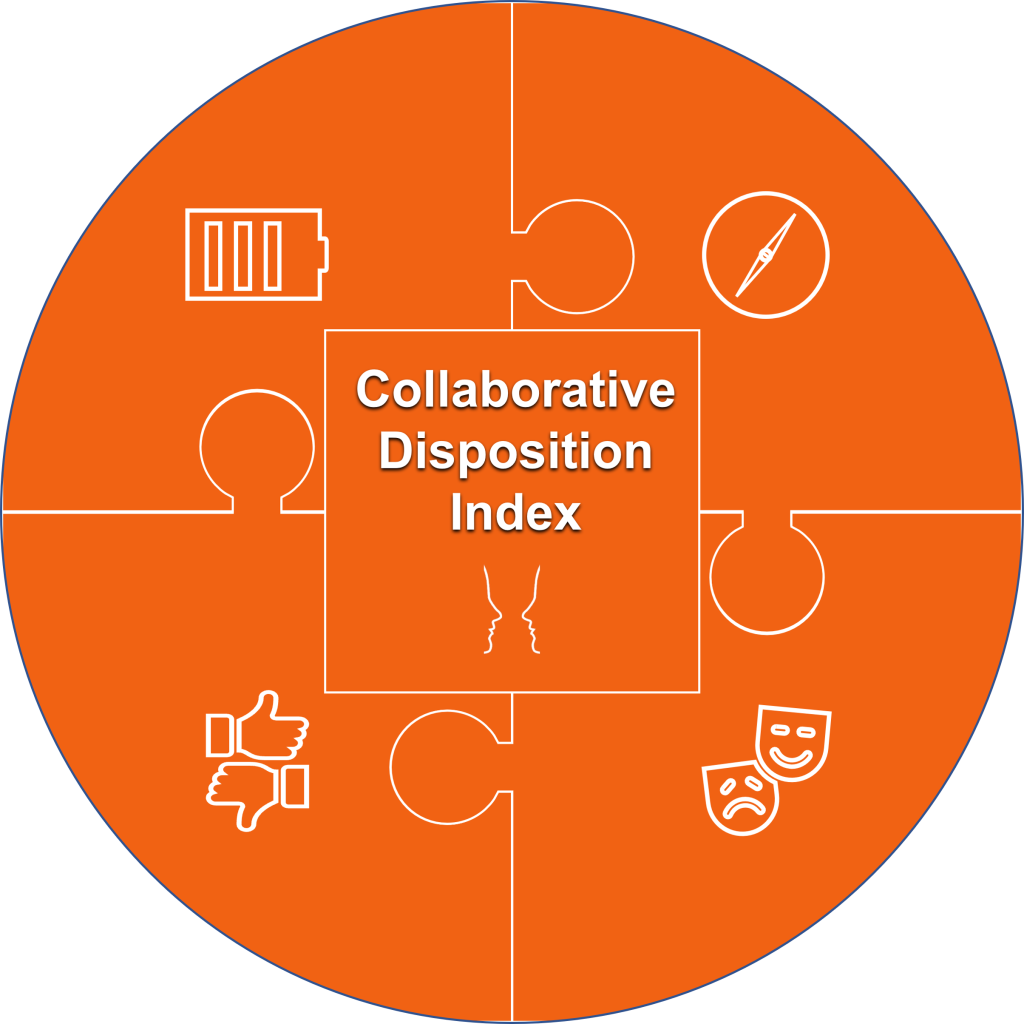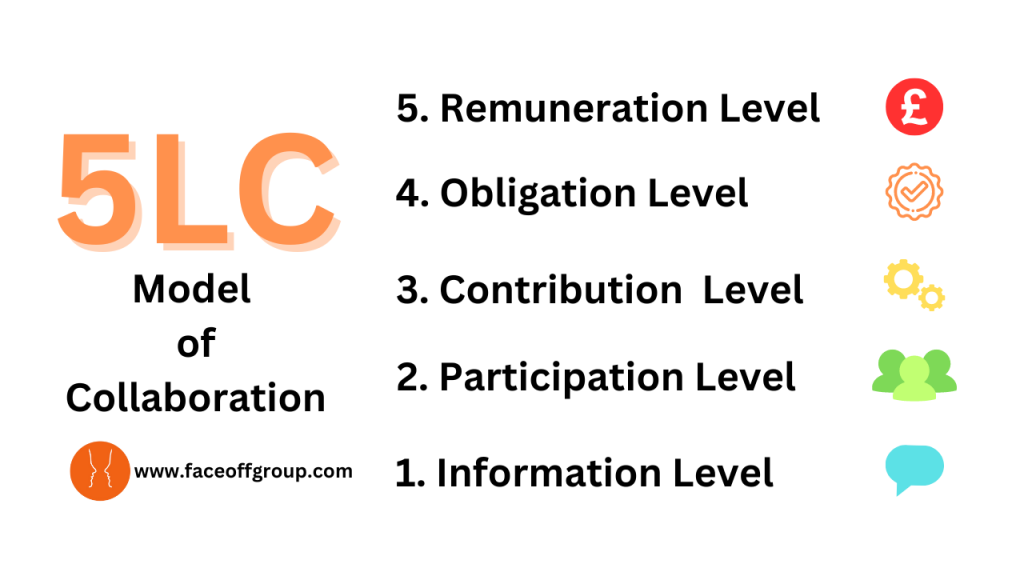
COLLABORATIVE DISPOSITION
The inclination to collaborate with others
Much of the success of collaborative working projects can be traced to the collaborative disposition of the partners involved, however our collaborative disposition can vary from project to project and group to group. Growing awareness of collaborative disposition and helping partners prepare for working in this unique way, will be a key determinant of project progression. The Collaborative Disposition Index ™ (CDI) is a self-scoring instrument which will help people around the world quickly check their own collaborative disposition with a view to improving it and shaping the success of any collaborative working project.
The CDI instrument is ideal for:
Self-check and correction of personal or group collaborative disposition
Personal Development
One-to-one coaching
Team coaching
Collaborative leadership development activities
The CDI is administered online and offers a graphic presentation of ratings and a personalized analysis of results. If you would like to know more, or simply want to have a chat, contact us.
COLLABORATIVE DISPOSITION
This article from Institute for Collaborative Working Partner Magazine
CDI/SOAR Model
CDI EXAMPLE

FIVE LEVELS OF COLLABORATION (5LC)
The 5LC model helps teams and groups clarify and understand the differences in expectations and commitments of the people involved in any collaboration. It is especially useful for internal collaborations or community collaborations with few commercial considerations. It helps us settle on a scale of collaboration we can all relate to in order to prepare us for working with our partners and colleagues. This is particularly helpful if we are undertaking collaborative work on several projects simultaneously, and need to be clear on what level of collaboration we are committing to within each project. The higher the level of collaboration the more complex and challenging the collaboration becomes.
5. Remuneration Level
Identifying what we want to get in return for our efforts. More specifically the remuneration or compensation we seek for contributing resources and/or taking on additional obligations.
4. Obligation Level
Understanding and accepting additional obligations placed on us. Obligations can extend to accepting additional costs or taking on additional risk to ourselves or our companies.
3. Contribution Level
Giving more than our personal time. It includes sharing and deploying resources which we currently have under our control and we decide where and when they might be used.
2. Participation Level
When people physically or virtually attend meetings or events, show a degree of interest and support and higher levels of personal interactivity. No commitment to additional contribution.
1. Information Level
Activities restricted to sharing information which is of interest and useful to others, and can be freely exchanged without much effort required. May include text, email, social media.
Uses
Understanding and agreeing the level of collaboration being sought with colleagues and partners is an important step to successful collaborative working. It helps reveal what each of us is able to provide when we set out to deliver a project or service. For some, collaboration will not extend beyond providing information (Level 1). Others might “participate” (Level 2) but never “contribute” (Level 3). Yet others may wish to collaborate to the fullest extent by taking on “obligations” (Level 4) and seeking “remuneration” (Level 5) for doing so.
We use the 5LC™ Model to help kick off exploratory discussions concerning potential collaboration. Contact us to find out more.
